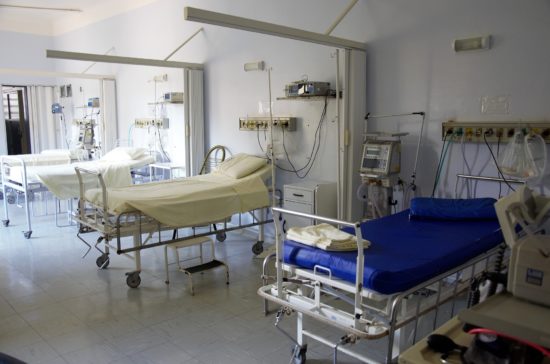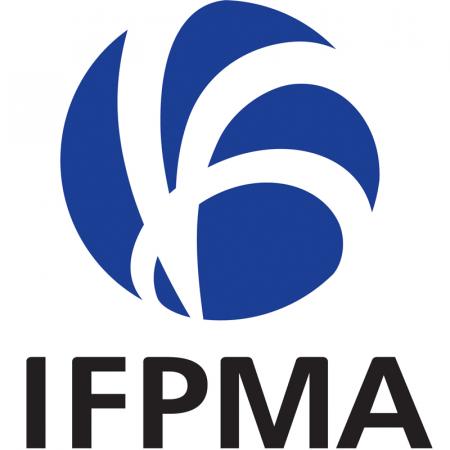A 2-Year Single-Centre Audit on Antibiotic Resistance of Pseudomonas aeruginosa, Acinetobacter baumannii and Klebsiella pneumoniae Strains from an Intensive Care Unit and Other Wards in a General Public Hospital in Greece
The analysis revealed a statistically significant higher antibiotic resistance of the three bacteria in the ICU isolates compared with those from other wards. ICU strains of P. aeruginosapresented the highest resistance rates to gentamycin (57.97%) and cefepime (56.67%), followed by fluoroquinolones (55.11%) and carbapenems (55.02%), while a sensitivity rate of 97.41% was reported to colistin. A high resistance rate of over 80% of A. baumannii isolates to most classes of antibiotics was identified in both the ICU environment and regular wards, with the lowest resistance rates reported to colistin (53.37% in ICU versus an average value of 31.40% in the wards). Statistically significant higher levels of resistance to most antibiotics were noted in ICU isolates of K. pneumoniae compared with non-ICU isolates, with the highest difference—up to 48.86%—reported to carbapenems. The maximum overall antibiotic resistance in our ICU was reported for Acinetobacter spp. (93.00%), followed by Klebsiella spp. (72.30%) and Pseudomonas spp. (49.03%).
AMR NEWS
Your Biweekly Source for Global AMR Insights!
Stay informed with the essential newsletter that brings together all the latest One Health news on antimicrobial resistance. Delivered straight to your inbox every two weeks, AMR NEWS provides a curated selection of international insights, key publications, and the latest updates in the fight against AMR.
Don’t miss out on staying ahead in the global AMR movement—subscribe now!







